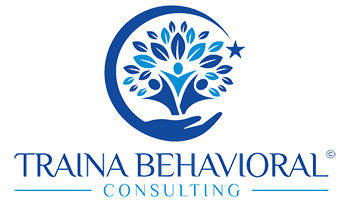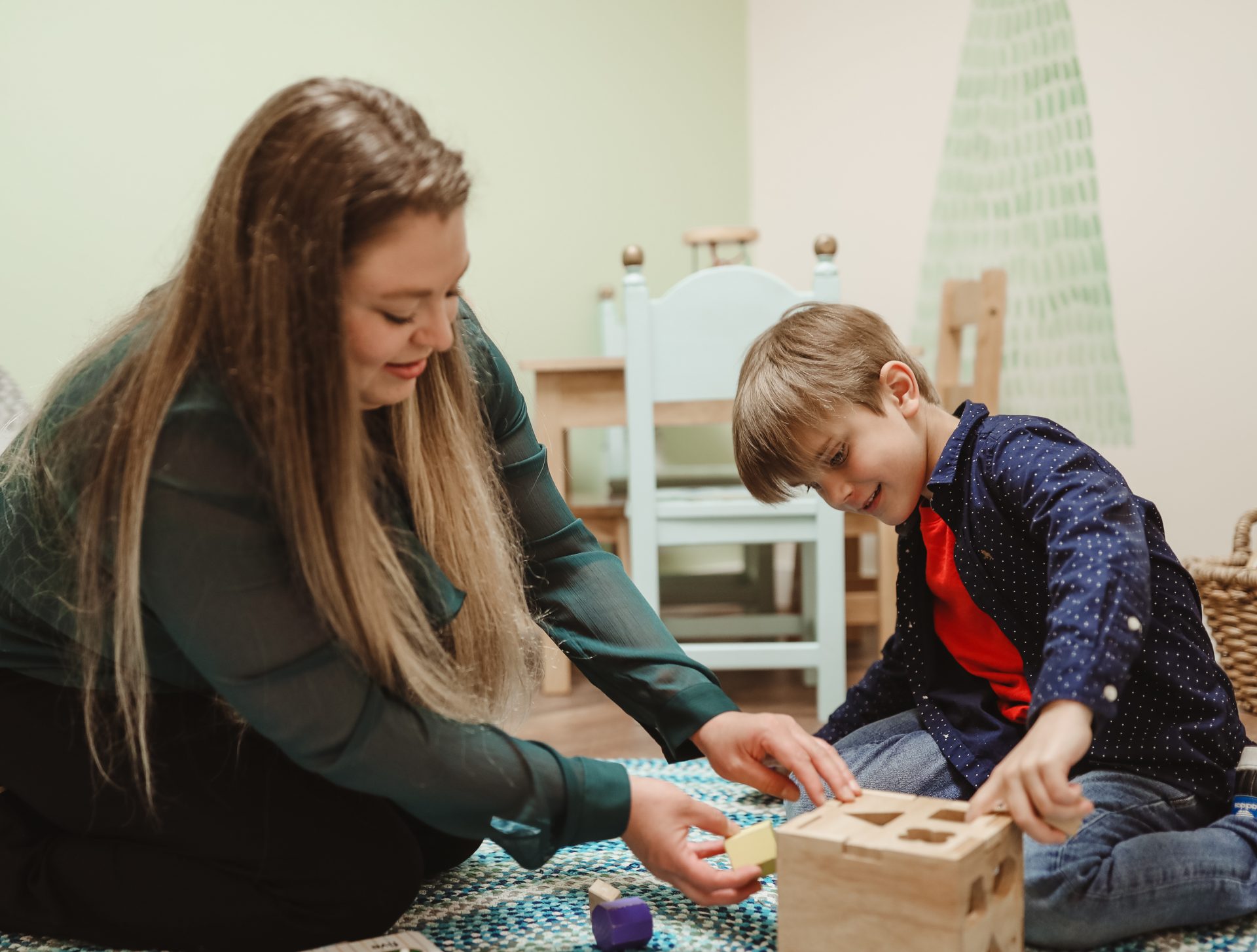•Baer, D., Wolf, M., & Risley, R. (1968). Some current dimensions of applied
behavior analysis. Journal of Applied Behavior Analysis, 1, 91 – 97.
•Baer, D., Wolf, M., & Risley, R. (1987). Some still-current dimensions of
applied behavior analysis. Journal of Applied Behavior Analysis, 20, 313 – 327.
•Bondy, A S & Frost, L A (2002) The Picture Exchange Communication System:
training manual. 2nd edition. Newark DE, Pyramid Educational Products.
•Bondy, A S & Frost, L A (2002) A picture’s worth: PECS and other visual communication strategies in autism. Bethesda, MD, Woodbine House.
•Carbone V. J., Lewis, L., Sweeney-Kerwin, E., Dixon, J., Louden, R. Quinn, S. (2006). A comparison of two approaches for teaching VB functions: Total communication vs. vocal alone. Journal of Speech-Language Pathology and Applied Behavior Analysis. 1:3 1-74.
•Hanley G.P, Iwata B.A, McCord B.E. (2003). Functional analysis of problem behavior: A review. Journal of Applied Behavior Analysis. 36:147–185.
•Maine Administrators of Services for Children with Disabilities (MADSEC) (2000). Report of the MADSEC Autism Task Force.
• Pennsylvania Training and Technical Assistance Network- http://www.pattan.net
•Iwata B.A, Dorsey M.F, Slifer K.J, Bauman K.E, Richman G.S. Toward a functional analysis of self-injury. (1994) Journal of Applied Behavior Analysis. 27:197–209.
•Lalli J.S, Vollmer T.R, Progar P.R, Wright C, Borrero J, Daniel D, et al. (1999). Competition between positive and negative reinforcement in the treatment of escape behavior. Journal of Applied Behavior Analysis. 32:285– 296.
•Smith R.G, Iwata B.A, Vollmer T.R, Zarcone J.R. (1993). Experimental analysis and treatment of multiply controlled self-injury. Journal of Applied Behavior Analysis. 26:183–196.
•Sundberg, M. L., & Partington, J.W. (1998). Teaching language to
children with autism or other developmental disabilities. Danville, CA: Behavior Analysts, Inc.
•Vollmer T.R, Borrero J.C, Lalli J.S, Daniel D. (1999). Evaluating self-control and impulsivity in children with severe behavior disorders. Journal of Applied Behavior Analysis. 32:451–466.
•Wright, P.W.D. & Wright, P.D. (2006) 4 Great Definitions about Reading in NCLB, Wrightslaw, www.wrightslaw.com/nclb/4defs.reading.htm Retrieved on 7-5-06



